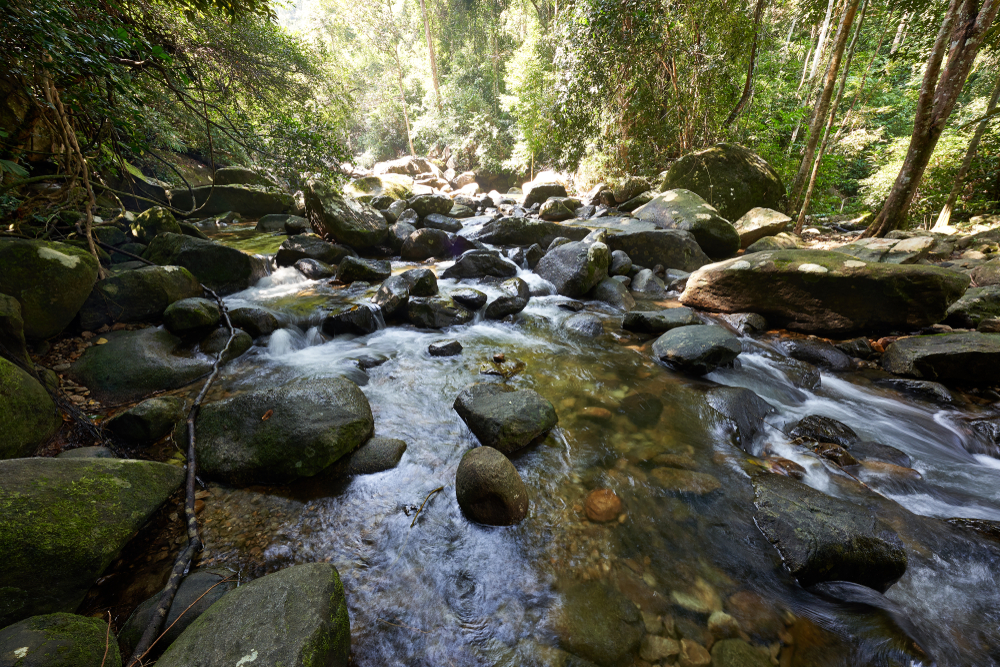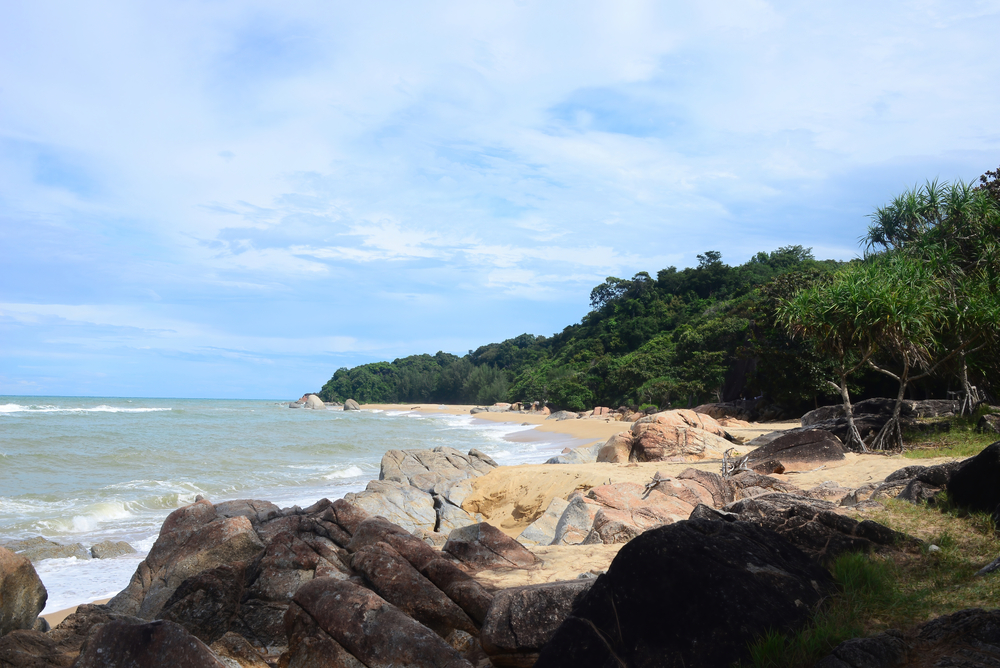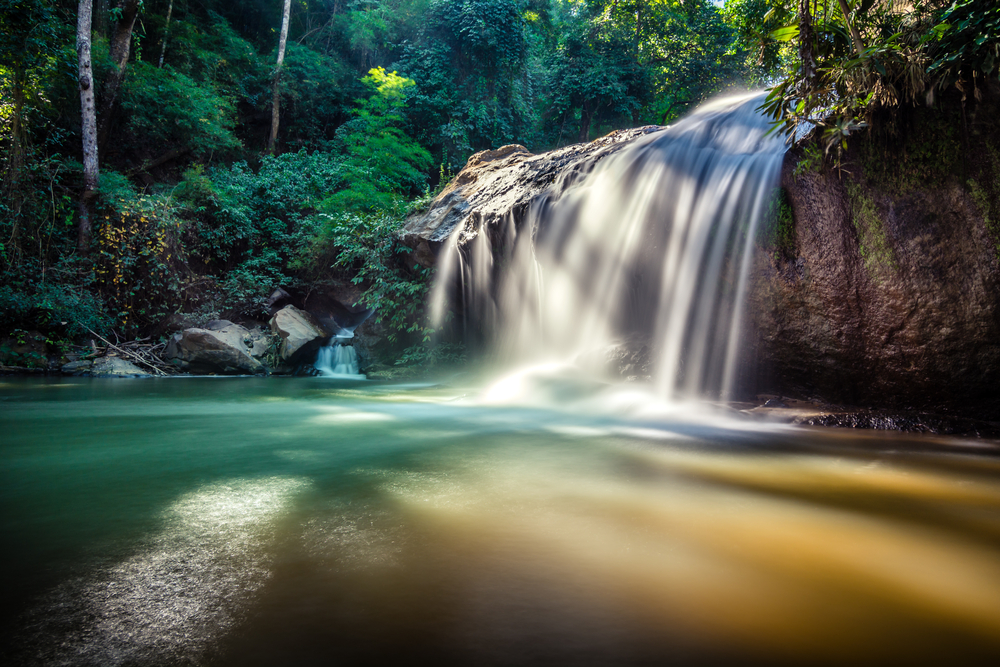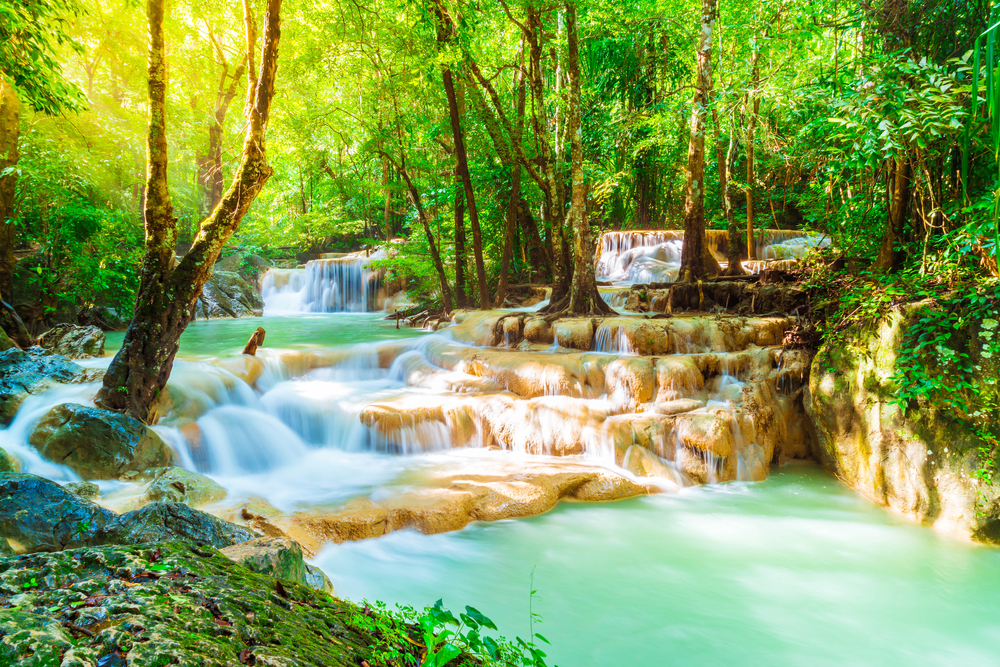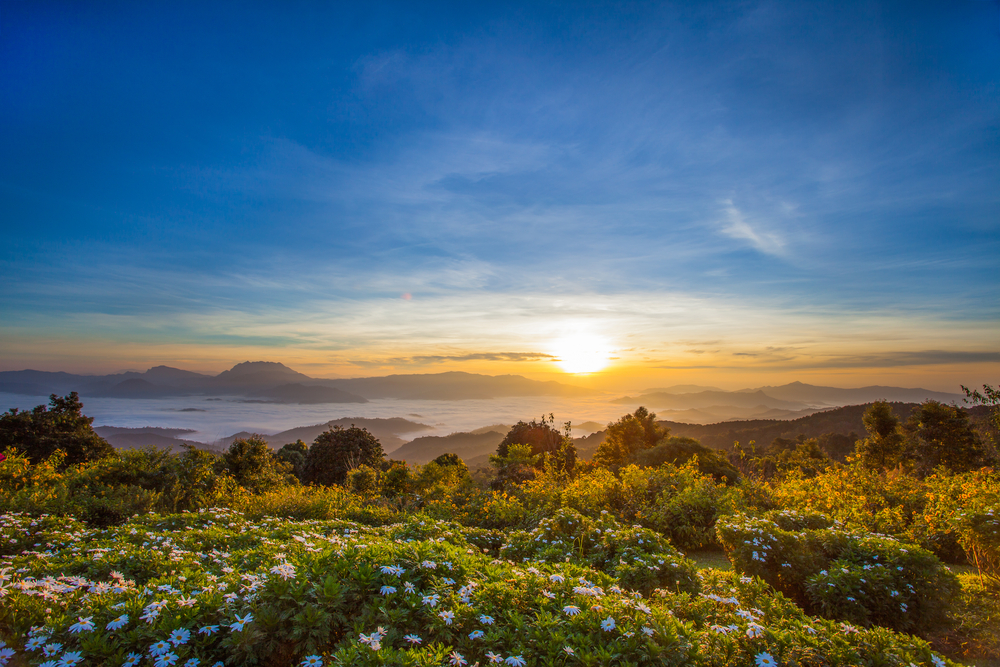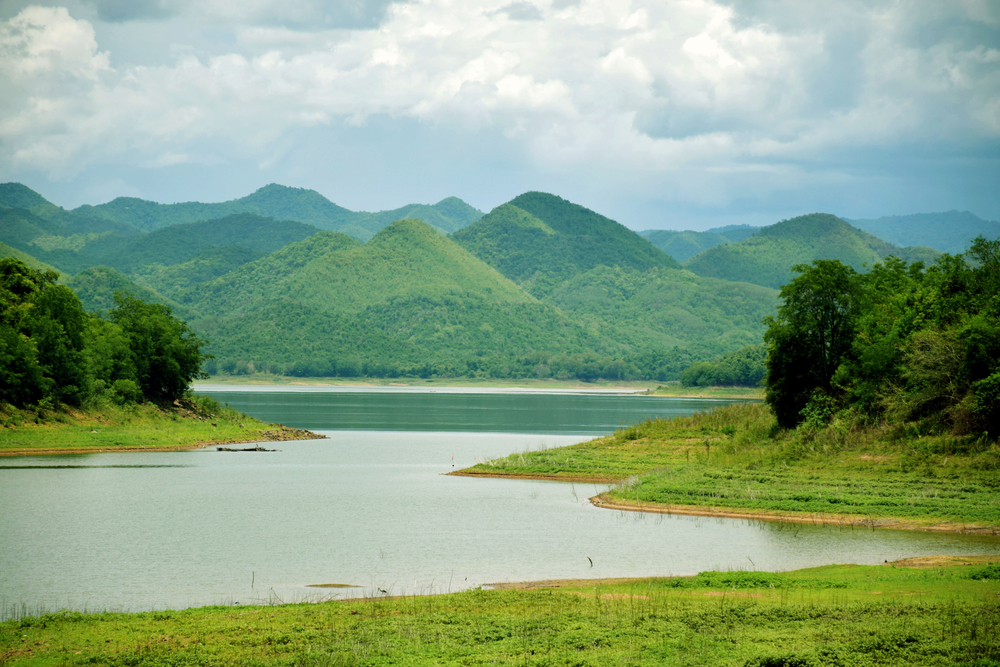Khao Chamao-Khao Wong Overview
Khao Chamao-Khao Wong National Park, known locally as “อุทยานแห่งชาติเขาชะเมา-เขาวง,” is a stunning protected area located in eastern Thailand, within the provinces of Rayong and Chanthaburi. Spanning an area of approximately 52 square miles (134 square kilometers), the park is a sanctuary for biodiversity and a favorite destination for nature lovers.
Its rich landscapes include lush evergreen forests, rugged limestone mountains, cascading waterfalls, and hidden caves, making it a true gem in Thailand’s extensive network of national parks.
The terrain of Khao Chamao-Khao Wong National Park is characterized by its dramatic limestone formations and dense, tropical forests that host an impressive variety of plant life. One of the park’s highlights is Khao Chamao Mountain, which reaches a height of approximately 1,017 meters (3,337 feet) and serves as a backdrop to the park’s vibrant ecosystem.
The park is famous for its waterfalls, particularly Khao Chamao Waterfall, a multi-tiered cascade that flows into emerald pools, perfect for swimming and relaxing. Additionally, the Khao Wong caves are a major draw for visitors, offering a network of caverns filled with stalactites and stalagmites, creating a mysterious and captivating atmosphere.
The wildlife in Khao Chamao-Khao Wong National Park is as diverse as its terrain. The park is home to a variety of mammals, including the Asian black bear, barking deer, wild boars, and clouded leopards.
Bird enthusiasts will find a paradise here, with species such as the great hornbill, white-rumped shama, and various types of kingfishers inhabiting the park. Reptiles, amphibians, and an abundance of insect species also contribute to the park’s incredible biodiversity. Its rivers and streams teem with aquatic life, making it a vital ecosystem for the region.
Visitors to Khao Chamao-Khao Wong National Park are drawn to its natural wonders and opportunities for adventure. Hiking trails crisscross the park, leading to breathtaking viewpoints, waterfalls, and caves. Birdwatching, cave exploration, and swimming in natural pools are popular activities. Many visitors enjoy the serenity of the park’s environment while camping overnight to fully immerse themselves in nature’s beauty. The park’s accessibility from cities like Bangkok and Rayong makes it a convenient yet peaceful escape.
The park faces conservation challenges, primarily due to human encroachment and poaching. However, active management and local community involvement have led to significant conservation successes. Efforts to protect the park’s forests and wildlife through patrols and environmental education programs have shown positive results. The park is a testament to the importance of preserving Thailand’s natural heritage for future generations.








































































